
Chilli
Chilli (Capsicum annuum)
Plant family
Solanaceae.
Parts used
Fructus (Fruit)
Semen (seeds)
Typical forms of prescription
Tinctures,
Poultices,
Infused oil.
(Not usually used in infusions)
Advise - Wash hands after topical use.
Chilli (Capsicum annuum) - Clinical Snapshot
Primary Actions
Rubefacient
Analgesic
Tonic
Antiemetic
Carminative
Stimulant
Diaphoretic
Antiseptic
Styptic
Antithrombotic
Primary Indications
Poor circulation
Chilblains
Back and joint pain
Arthritis
Poor digestion
Flatulence
⚠️ Cautions / Safety⚠️
Avoid contact with eyes and sensitive areas
May cause skin irritation in some individuals
Capsaicinoids (e.g., Capsaicin)
Action: Analgesic, circulatory stimulant, digestive stimulant.
Use: Capsaicin is the compound responsible for the heat in chilli peppers. It stimulates blood flow, relieves pain by depleting substance P (a neurotransmitter involved in pain signalling), and boosts metabolism. Used both internally and topically for pain relief and improved circulation.
Capsicum annuum
Phytochemistry and Pharmacology
Flavonoids
Action: Antioxidant, anti-inflammatory, vascular tonic.
Use: Flavonoids in Capsicum help stabilise blood vessels, reduce inflammation, and enhance capillary strength, supportive in cardiovascular health and reducing oxidative damage.
Carotenoids (e.g., Beta-carotene, Capsanthin)
Action: Antioxidant, tissue-protective, anti-inflammatory.
Use: These compounds give Capsicum its bright red-orange colour and help protect cells from oxidative stress, support vision, and reduce inflammation. They are especially beneficial for skin and mucous membrane health.
Vitamin C
Action: Immune-supportive, antioxidant, collagen-forming.
Use: Capsicum is one of the richest natural sources of vitamin C, which boosts the immune system, supports tissue repair, and enhances iron absorption. Vital for skin healing and overall resilience.
Traditional use
Capsicum annuum, native to Central America, was traditionally used by the Maya and other Indigenous cultures as a powerful antimicrobial and stimulant herb. It featured in food, medicine, and ritual for thousands of years before being introduced to Europe by Spanish colonists in the late 15th century. Its pungency and therapeutic heat made it a valued remedy for infection, pain, and poor circulation.
Clinical Description
The active constituents in chilli, known as capsaicinoids, bind to TRPV1 pain receptors, producing a burning heat sensation. This causes local inflammation, followed by increased circulation and a pain-relieving effect, making it ideal for areas with poor blood flow or chronic pain.
Topically, infused capsicum oils and creams are used for joint pain, backache, arthritis, and neuralgia, bringing warmth and relief to cold, stiff, or painful areas. Internally, small doses of tincture can stimulate digestion, improve circulation to the gut, and support those with cold extremities or low vitality. It is sometimes included in formulas to reduce heavy menstrual bleeding, though it should be used cautiously due to its stimulating nature.
Its combination of circulatory stimulant, digestive tonic, and mild analgesic actions make it a valuable herb in both first-aid and long-term vitality support, especially in depleted or cold constitutions.
Cultivation/Harvesting
Capsicum annuum is a tender perennial in warm climates, but typically grown as an annual in the UK. It prefers a sunny, sheltered spot and thrives in greenhouses, polytunnels, or on south-facing patios.
Start seeds indoors in late winter or early spring, using heat to assist germination. Transplant once all risk of frost has passed. Fruits can be harvested green or red, depending on the desired potency and flavour. For medicinal use, fully ripened red fruits are preferred. Dry thoroughly and store in airtight containers, or process into tinctures or oils soon after harvesting.
Key Botanical Features of Chilli (Capsicum annuum)
Growth
Type: Herbaceous annual or perennial (depending on climate).
Size: Typically 30–150 cm (1–5 feet) tall.
Stem: Erect, branched, and somewhat woody at the base in mature plants.
Leaves
Type: Simple, alternate.
Shape: Ovate to lanceolate (egg-shaped to elongated).
Size: 4–12 cm (1.5–4.7 inches) long.
Texture: Smooth, slightly waxy.
Colour: Green, sometimes with purplish tints in some varieties.
Flowers
Type: Small, star-shaped, solitary or in small clusters.
Colour: Usually white, sometimes pale green or purple.
Petals: Five-lobed.
Blooming Period: Spring to summer.
Pollination: Self-pollinating, also aided by bees and wind.
Fruits (Peppers)
Type: Fleshy, hollow berry.
Shape: Varies widely – round, elongated, bell-shaped, or tapered.
Size: 2–30 cm (0.8–12 inches) depending on variety.
Colour: Green when unripe; ripens to red, yellow, orange, purple, or brown.
Texture: Smooth and glossy.
Capsaicin Content:
Hot Peppers: High in capsaicin (spicy).
Sweet Peppers: Low or no capsaicin (mild or sweet).
Seeds
Type: Numerous, flat, round.
Colour: Creamy white to pale yellow.
Dispersal: By animals, especially birds, immune to capsaicin.
Roots
Type: Fibrous root system.
Function: Anchors the plant and supports nutrient uptake.
Habitat & Growth Conditions
Climate: Warm, tropical, or temperate regions.
Soil: Prefers well-drained, fertile, loamy soil with a pH of 6.0–7.0.
Sunlight: Requires full sun (at least 6 hours daily).
Temperature: Optimal growth at 18–30°C (65–86°F); sensitive to frost.
Distribution: Native to Central and South America, now cultivated worldwide.
Sustainability/Conservation
It is not under threat but widely cultivated.
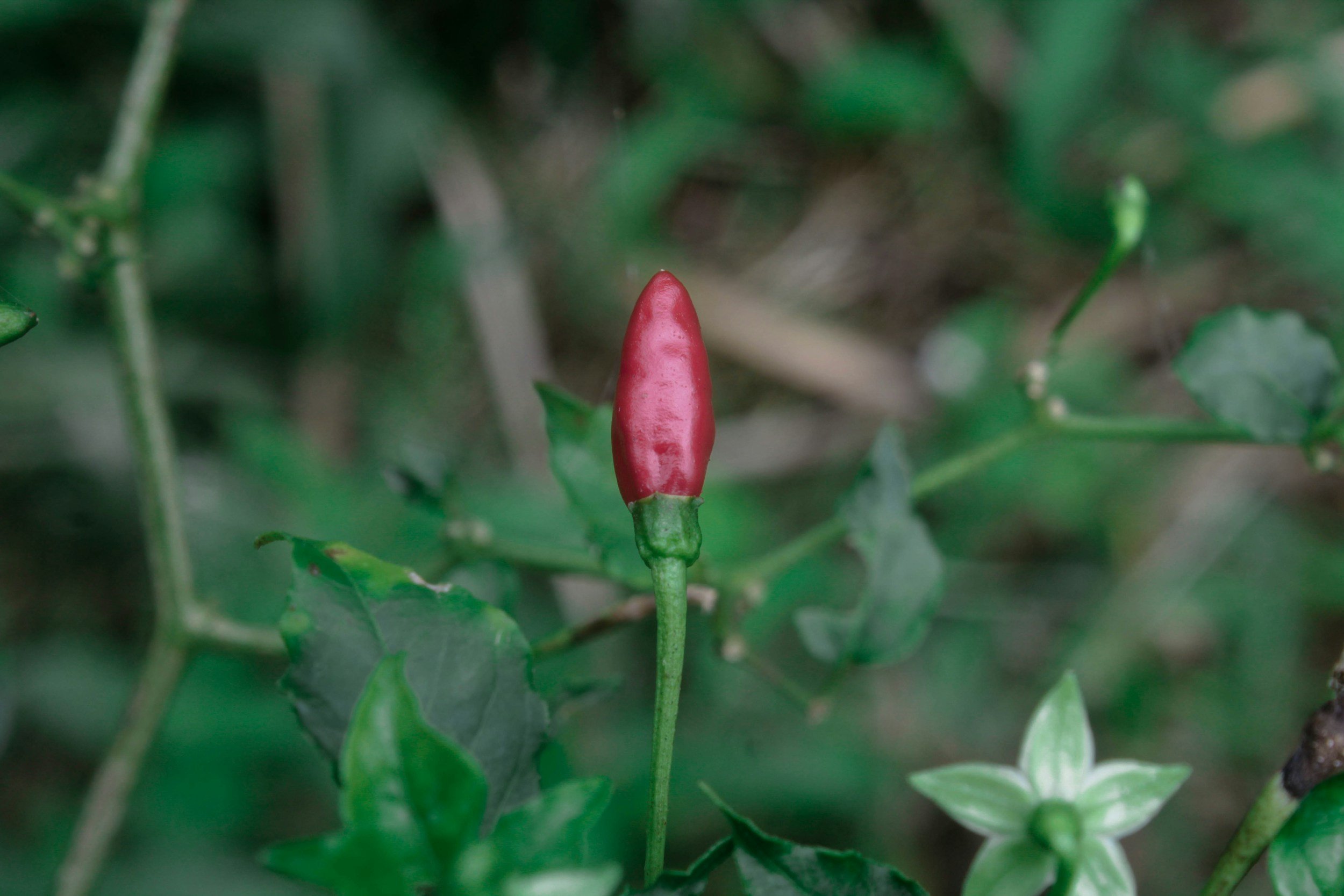
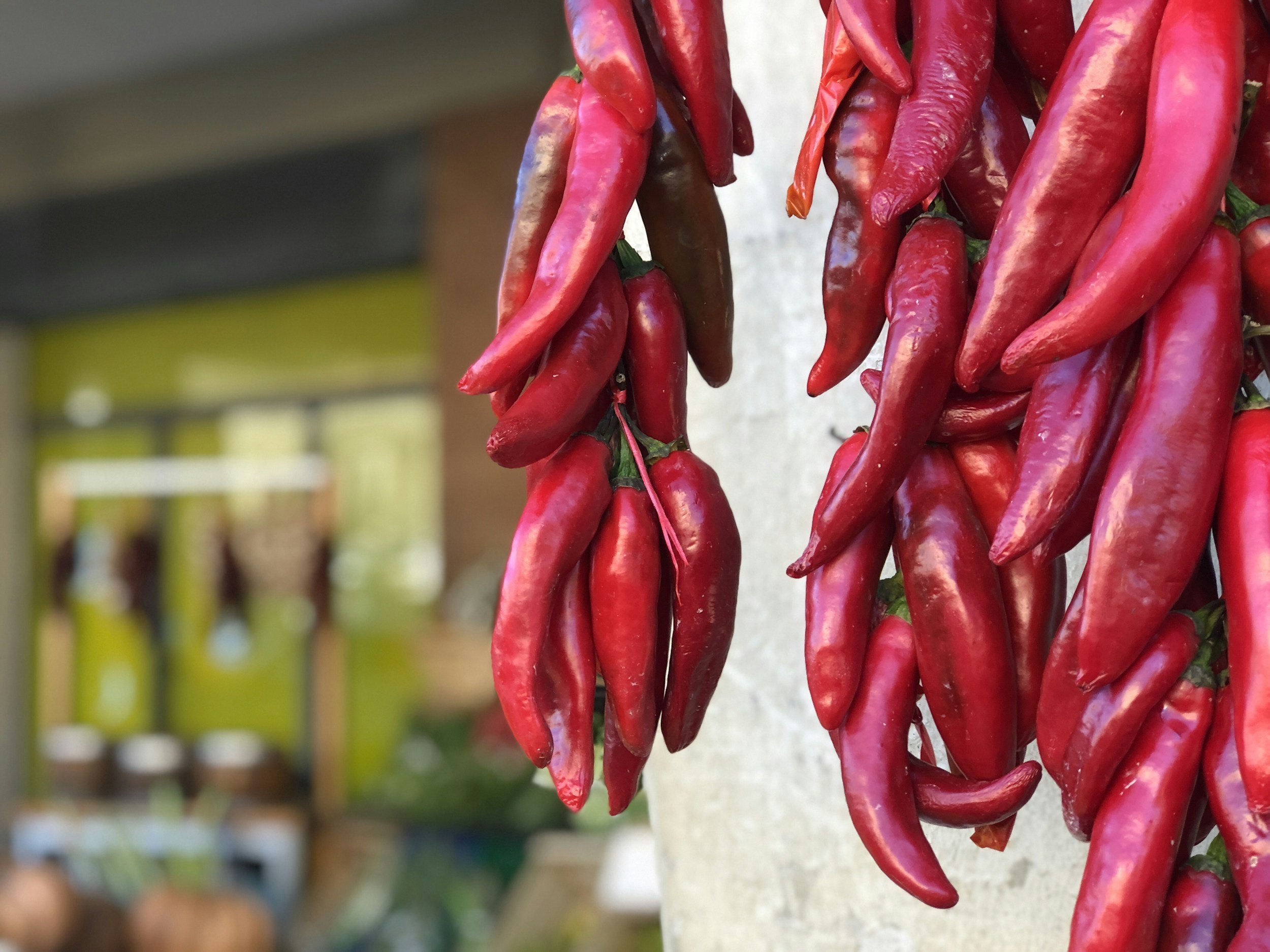
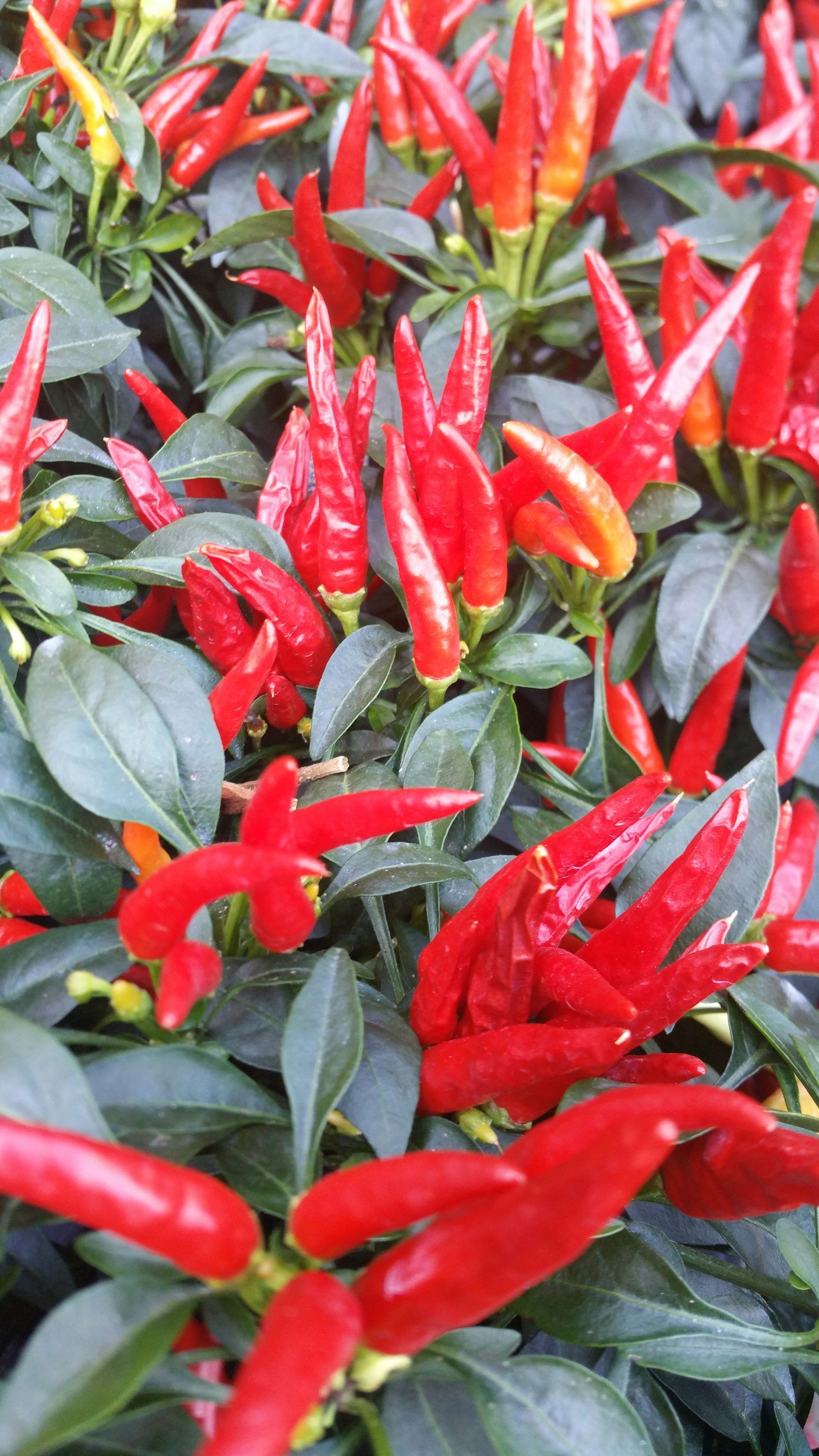
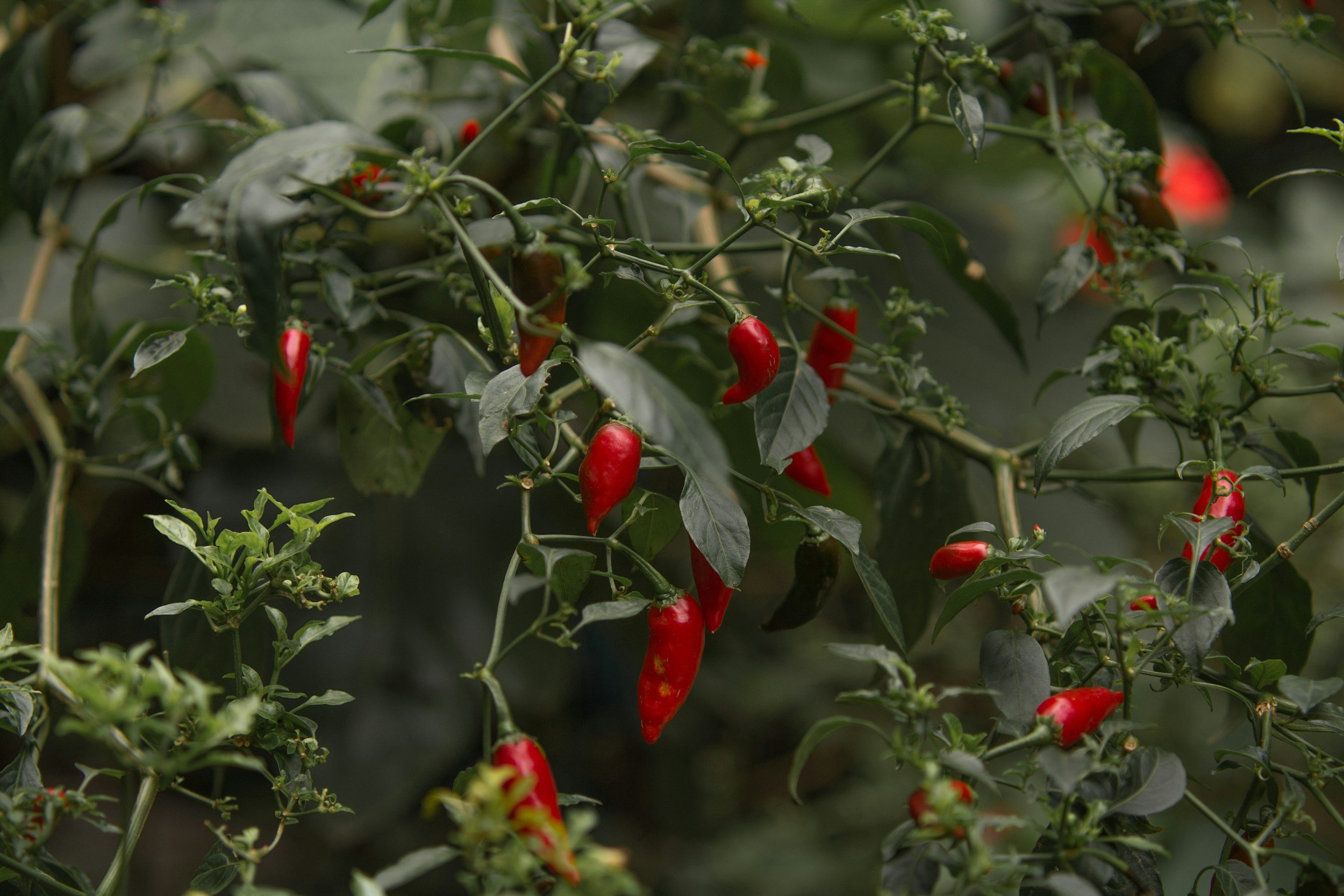
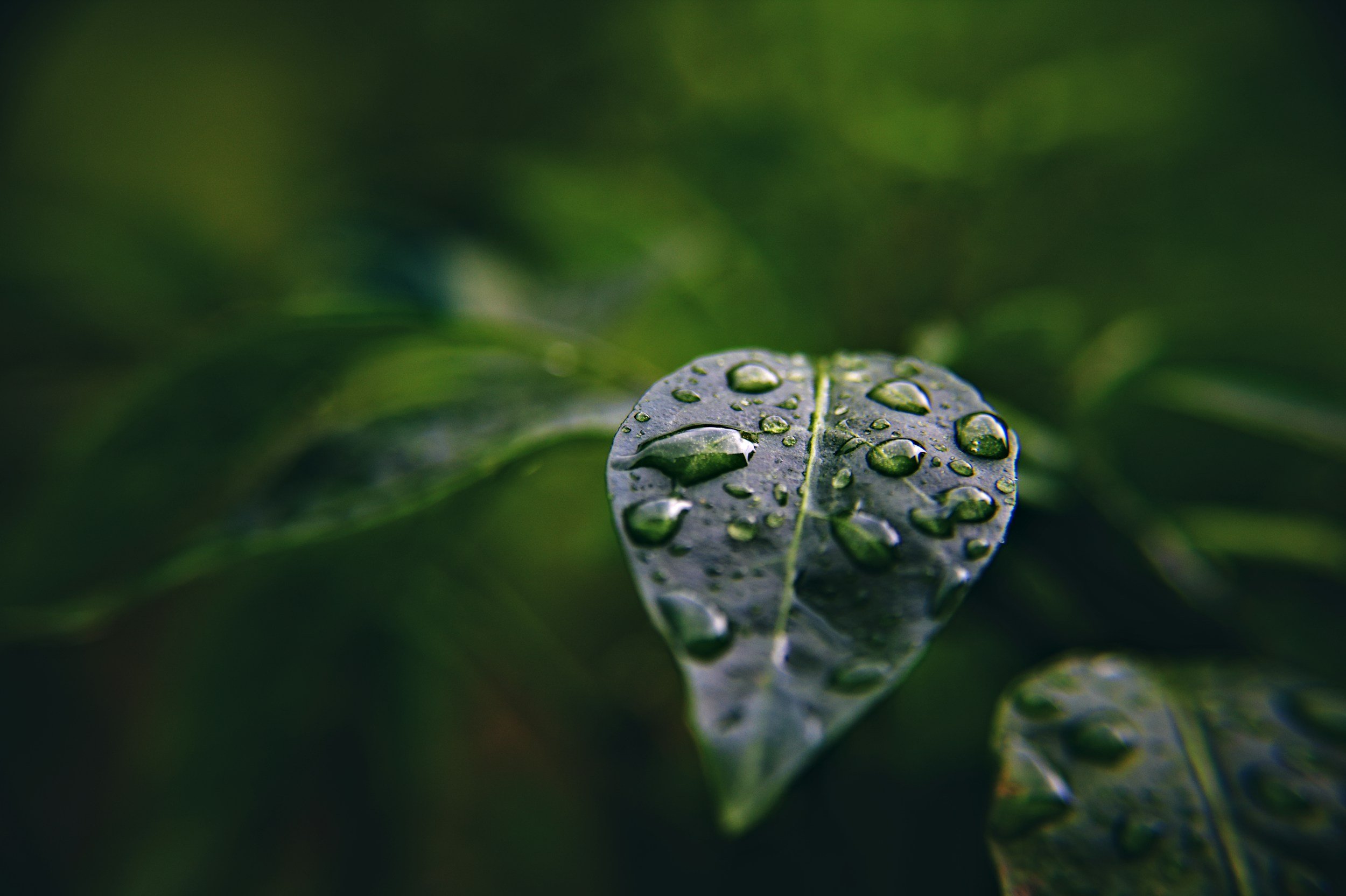
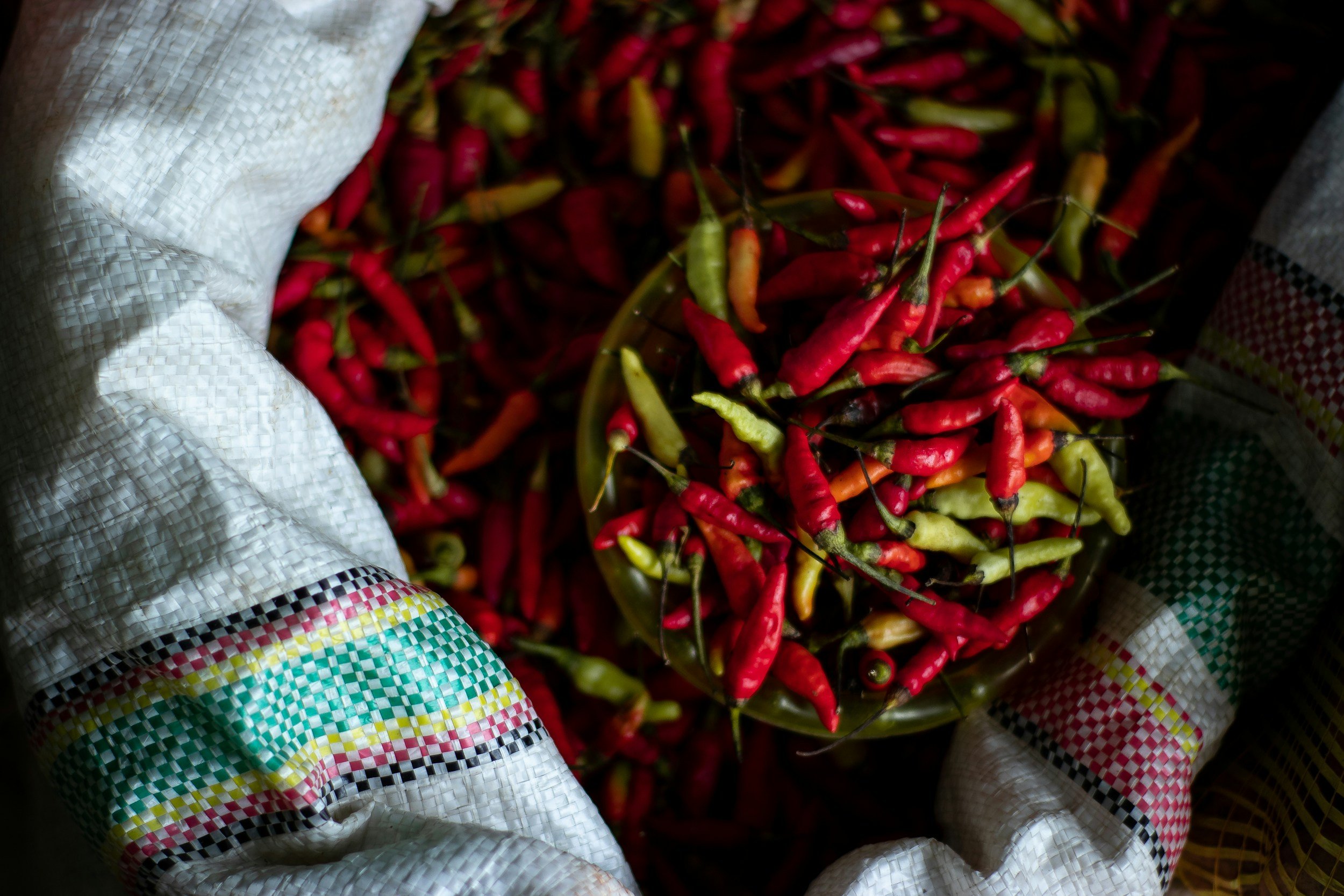
Sources
Bartram, T. (1998). Bartram’s Encyclopedia of Herbal Medicine. Constable.
Fisher, C. (2009). Materia Medica of Western Herbs, (2018 edition). Finchley Road, London. Aeon Books.
Hedley, C & Shaw, N. (2020). A herbal book of making and taking. Finchley Road, London. Aeon Books.
Hoffmann, D. (2003). Medical Herbalism: The Science and Practice of Herbal Medicine. Healing Arts Press.
McIntyre, A. (2019). The complete herbal tutor, revised and expanded edition. Finchley Road, London. Aeon Books.
Plants of the World Online | Kew Science. (n.d.). Plants of the World Online. https://powo.science.kew.org/
Disclaimer: This page is for educational purposes only. Consult a qualified medical herbalist before using herbs, especially during pregnancy, when trying to conceive, while breastfeeding, for medical conditions, or with children.
Read the full disclaimer → Medical Disclaimer.





